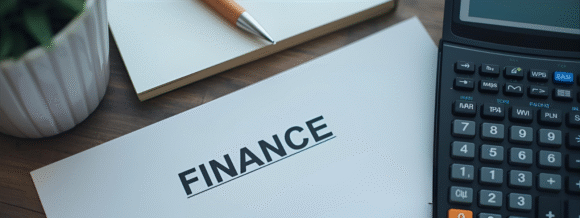Wondering what your car is worth? Knowing how to boost trade-in value can help you get the best deal when trading in your vehicle. In this guide, we cover market value, repairs, service records, and tips to make your car more attractive to dealerships, all aimed at helping you boost trade-in value and maximise your return.
Your Car’s Market Value
Understanding your car’s market value is the first step to boost trade-in value.
You’re probably wondering, “Why do I need to know the market value of my car?” One thing you should know is that a new car loses its value quickly. It does so the moment it leaves the lot. This is known as depreciation, which continues every year until your vehicle no longer has any resale value.
So, why does market value matter when trading in your vehicle? Dealerships have a complex process in determining a car’s value. They often utilise valuation tools, along with pertinent market data and your car’s make and condition, to assess its worth. Knowing the potential market value of your vehicle helps you with the following:
- Receiving a fair deal
- Avoiding undervaluation
- Giving you leverage when it comes to negotiating with the dealership
- Setting realistic expectations
You save a lot of time negotiating whilst gaining confidence in approaching the trade-in process. That’s because you can make informed discussions with the dealer. You know which questions to ask and even find ways to maximise the trade-in value to reduce the possible financial burden when upgrading to a new car.
Remember that the trade-in value directly influences the overall cost of purchasing a vehicle. When you have a higher trade-in value, the amount you will need to finance the new car will be much lower.
Tips to Boost Trade-In Value for Your Car
When taking your used vehicle to the dealership, the last thing you want is a low trade-in value. Thankfully, there are some dealership trade-in strategies so you get the best possible value for your car. Here are 4 useful tips to boost trade-in value:
1. Find Out What Affects Your Car’s Value
Simply put, the trade-in value is based on your car’s market price. However, the exact price is hard to determine unless it’s in pristine condition. So, how do I know the price of my car? One thing you can do is head to car valuation websites to get an idea. Note, though, that the value provided may be slightly higher because you’re trading the car, not selling. Therefore, the dealership will be looking to profit on resale.
Aside from the market price, the following can directly influence your car’s trade-in value:
- The more distance travelled, the lower the value, since the number of kilometres tells dealers there could be many signs of wear and tear
- The older the car, the lower the trade-in value
- Type of car, which depends on the current market demand
- Overall condition of the vehicle
Only a few cars qualify for the actual market price given by valuation sites. That’s because dealers account for the repair costs and whether they can make a profitable sale out of the trade. The good news is that most offers can be negotiated, especially when your car is in decent condition. And this brings us to the next point.
2. Make the Car as Presentable as Possible
Do I have to spend a load of cash to boost the market value of my car? The simple answer is no. However, the better its condition, the higher its value will be. That’s why one of the first things you must do is to determine if it requires repairs. From here, you need to figure out if you can increase the selling price of the car for you to recoup the cost of the repair.
Here are a few more tips on how you can make your car presentable:
- Hire a dent removal expert to get rid of dings and scratches. The service is usually below $200.
- For major dents, such as a panel needing repair, it makes more financial sense to have it fixed.
- Make the car more visually appealing by ensuring it is clean. You can hire someone to do this for you or you can do the good old DIY to save some money.
- Detailing can cost you up to $100, but it will surely increase the overall value of the vehicle by several hundred dollars.
Try to make the vehicle look as good as new to get a great offer. It’s also a good time to remove all personal belongings that may be in your car.
3. Provide Service Documentation
It always helps if you can present maintenance documentation, which demonstrates to a dealer the car your car has received throughout your ownership. Any tyre rotations, fluid changes, engine repairs, and paint or body fixes will tell your story for you.
Many car owners, though, do not keep receipts. One way to retrieve them is to ask the shop where you had your car repaired or maintained for the documents.
4. Shop Around
Have you found the vehicle that you want to purchase? If so, don’t mention your trade-in until you have negotiated its purchase price. Otherwise, the salesperson will consider your old car and the new one as a package, making it a confusing deal. Therefore, if the dealer asks if you wish to trade in your car, simply say it’s possible but you wish to talk about the price of the new car first.
If you’re not satisfied with the trade-in offer, don’t settle. You can shop around at a few more dealerships. It is always possible that you will get more than the initial quote, usually depending on your location. However, if you see vehicles identical to yours sitting on the lot, you may not get top dollar for the trade-in.
The easiest method to get the best price for your car is to contact us, send us your car details, and we will give you an offer you will not want to refuse. Give it a try today!



Share
Facebook
Twitter
LinkedIn
Telegram
Tumblr
WhatsApp
VK
Mail